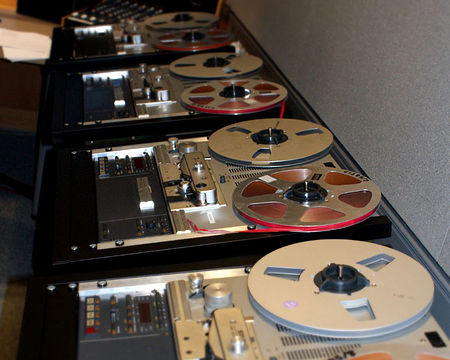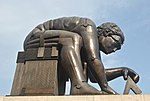British Library Sound Archive
Archives in the London Borough of CamdenBritish Library collectionsMusic archivesSound archives

The British Library Sound Archive, formerly the British Institute of Recorded Sound; also known as the National Sound Archive (NSA), in London, England is among the largest collections of recorded sound in the world, including music, spoken word and ambient recordings. It holds more than six million recordings, including over a million discs and 200,000 tapes. These include commercial record releases (chiefly from the UK), radio broadcasts (many from the BBC Sound Archive), and privately made recordings.
Excerpt from the Wikipedia article British Library Sound Archive (License: CC BY-SA 3.0, Authors, Images).British Library Sound Archive
Euston Road, London Somers Town (London Borough of Camden)
Geographical coordinates (GPS) Address Phone number Website Nearby Places Show on map
Geographical coordinates (GPS)
| Latitude | Longitude |
|---|---|
| N 51.5298 ° | E -0.1275 ° |
Address
British Library (New British Library)
Euston Road 96
NW1 2DB London, Somers Town (London Borough of Camden)
England, United Kingdom
Open on Google Maps







